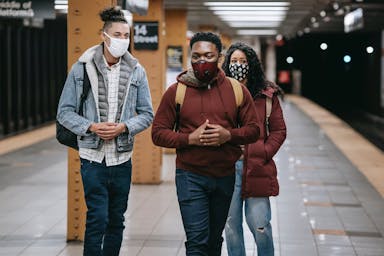
The Vulnerability of Older Adults to Wildfires: A Case Study from Maui

By Braden Hirschi
Published December 27, 2023
Sharlene Rabang, a 78-year-old woman with a history of cancer, COVID, and high blood pressure, became the 100th victim of the Lahaina wildfires in Maui. She fled the wildfire with her calico cat, enduring a 24-hour journey to reach a family home on another island. Despite being weak and frail, Rabang's death was initially not attributed to the wildfire but was later recognized as a contributing factor.
The Impact of the Wildfire
The wildfire, which occurred on August 8, 2023, devastated the town of Lahaina, destroying an estimated 3,000 homes and apartments. The fire's rapid spread was fueled by dry, invasive grasses and exacerbated by winds from a distant hurricane. The tragedy highlighted the increased vulnerability of older adults to natural disasters, particularly wildfires, in the face of intensifying climate change.
Disproportionate Impact on Older Adults
Studies have indicated that natural disasters like wildfires disproportionately affect vulnerable populations, including older adults who may have a diminished capacity to respond to danger. In the case of the Maui wildfire, 60 of the victims were 65 years or older, underscoring the specific risk faced by older members of the community.
Challenges Faced by Older Residents
The tragedy has left many families grappling with grief and a sense of injustice, particularly during the holiday season. The devastating impact on older adults, such as Sharlene Rabang, has sparked conversations about the need for focused support and resources to protect vulnerable individuals during disasters.
Lessons and Actions for the Future
The case of Sharlene Rabang and others affected by the Maui wildfire has prompted discussions on implementing measures to reduce the risk for vulnerable populations. This includes engaging with communities to understand their needs, planning for transportation during evacuations, and developing effective communication strategies for reaching and assisting older adults and other vulnerable groups during emergencies.
Latest Stories
Empowering Diversity: Jefferson University's Initiative to Increase Black Doctors

Sony Pictures Entertainment Reports Impressive Third-Quarter Earnings

Enhancing India-UAE Relations: Modi's Visit and Bilateral Agreements

Ottawa Senators' Ridly Greig Speaks Out After Controversial Goal and Cross-Check Incident

Empowering Diversity in Medicine: Black Men in White Coats at Jefferson University
